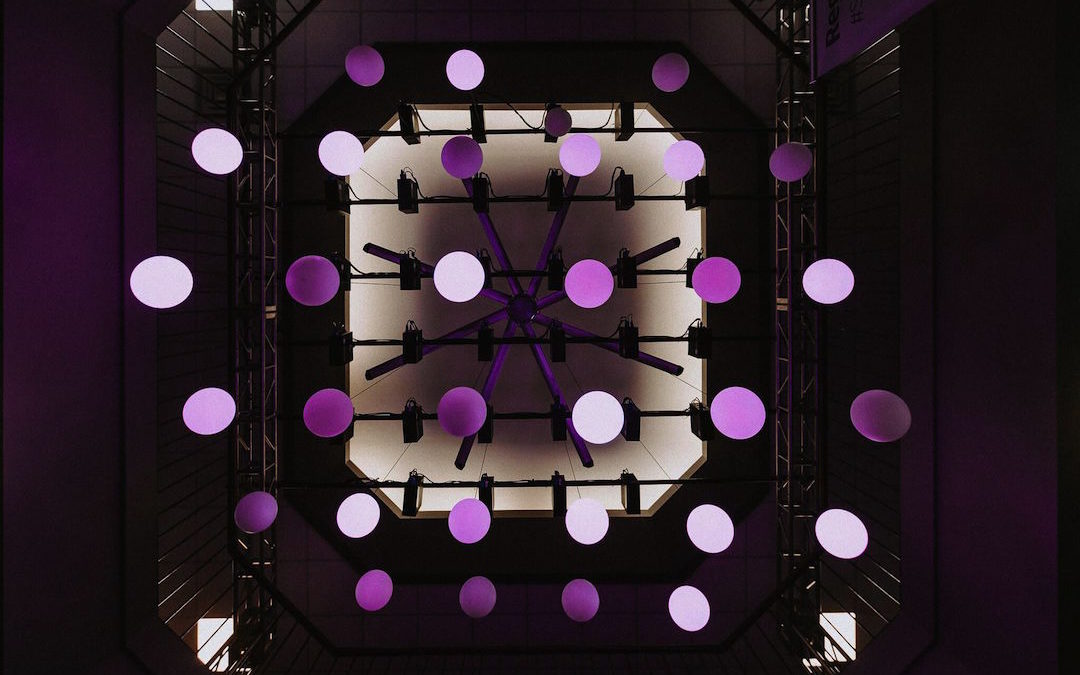Welcome to another exciting episode of the mod scenes podcast. This is your host, Steven, I’m super thrilled to be chatting with you. Uh, as most of you probably already know who have tuned into the podcast so far. Um, I am the owner and leader over at mod scenes. Uh, I do a lot of the design work and some of the sales work, uh, and I absolutely love, uh, helping, uh, churches and corporate clients, uh, create really cool stage designs. So, uh, today, uh, we’re going to be talking about a specific stage backdrops and this is more of a do it yourself, stage backdrops. We’ve been talking about a few of those, uh, throughout just to try and give, uh, churches some other options, uh, get together some information for churches that may not have the, uh, the means, uh, to buy, uh, some on-scene products or, uh, they’re just looking for something a little bit different.
Uh, we do know that we’re not, we’re not everything in the world, but we are, uh, a good thing in the world. So, uh, so in an effort to try and serve best, we are going to, uh, do a couple more of these, uh, this one today is about a really cool stage back drop idea, uh, that I actually learned from a friend in your Europe. Um, so what they did is they took IBC totes. So these are large, uh, plastic totes that are having aluminum cage around them. Uh, typically they’re used for holding water and detergents and like, uh, massive amounts of chemicals, uh, for, uh, a very myriad of things, but mostly industrial uses. Um, so, uh, they used like 50 of these, uh, empty, they were empty and they put, uh, led fixtures behind each of them and they’re kind of like a frosted plastic.
So they kinda, they diffuse the light really well. Uh, so they diffuse the light and, uh, lit up like a giant cube of, uh, of like, it looked like they were actually lighting themselves. Uh, like they were, they had an internal light, uh, which was a really, really cool visual. So, um, that’s what we’re going to talk about today. Talk about a couple of ways that you can, uh, you can make one of those for yourself, um, and a couple of ideas how, where you would get the totes, how you’d, uh, build it, how you make sure it’s safe. Um, so yeah, let’s, uh, let’s get started. So the, uh, so the ICB totes, uh, uh, there’s probably another name for them, but that’s what I’ve, uh, that’s what has been referenced to me mostly. Uh, so, uh, with those there, they have, uh, a couple of different sizes.
Uh, I can’t remember, I think 245 gallon is one of them. There’s another that’s I think a little bit smaller. Um, the, uh, what else? Uh there’s uh, so let’s, let’s, uh, chat about how you would build these. So, uh, obviously you’re going to need a relatively powerful led to be able to light these units. Uh, so the best way that I have, uh, that I seem to do is to use an old, uh, Alation six par 300, uh, those are relatively bright fixtures. They seem like they work really well for this use. Uh, I’ve seen people shoot them, you know, directly from the back or shoot them, set them on top of, at the port where you would shoot in the light shoe. I shoot in where do you put it in the water and shoot him water there, even cut holes in and drop them in?
Um, I would wire circuit, I would say power and data each of those individually, um, so that you’re able to, uh, so you’re able to individually control each cube and kind of get your best, uh, best use out of those cubes. Uh, let’s see. Uh, so for, uh, for safety, I would make sure that you, uh, anchor them. If you’re going to go over, if you’re on stock higher than two, I would anchor them. So the way that I would do it as I would fly in upstage trust, I would use, uh, um, you know, some halftime motors. It doesn’t have to be anything crazy, but like one ton, half done motor, probably half time motors do two or three of them across a section of trust. And I would actually lift, I would use that to lift my top three rows. So let’s say, I say, we’re doing five rows, tall.
I would span, set, use three foot span sets to tie in the front and the back of the, uh, of the ICB totes, uh, to tie in the front and the back of the ICB totes to the, uh, to the trust with those spans huts and shackles. And then I would, uh, once you get the first row done, go up a little bit, slide in your neck, sat with your LEDs already pre done, uh, and then shackle them on, uh, bring it up again through the same process. And I would even tie your, your fourth row to it. Uh, not because you necessarily need to, just to make it look, uh, the spacing looks symmetrical your fourth and fifth rows. Um, so I tie those on and, and lift them up, uh, that way, uh, because the amount of weight that you’re going to be talking about, it’s not crazy.
Um, so yeah. Uh, let’s see, what else. Um, I would also utilize, um, I would also utilize a pixel mapping function on a console, uh, the grant. I love the grant and may they have really great pixel and happy. Uh, so cause if you can pixel map that, uh, that stage backdrops you’re going to get the biggest, uh, you of the best use out of it. Um, so I would use, uh, as I said, I’d use it in a grant in may, um, for, to pixel map that stage backdrops. Uh, let’s see, what else? Uh, uh, yeah, so I think that’s, uh, that’s, uh, oh, let’s talk about how, how you would get these totes in the first place. So, um, obviously you don’t just like go to home Depot and buy these. They’re not a, that kind of product. However, um, I found a lot, especially here in the, uh, the S I guess is, would be considered the south in Oklahoma, Texas, uh, places where there’s a lot of either industrial chemical use or like oil drilling, stuff like that, where a lot of chemicals are used.
Uh, you can find these totes, uh, and a lot of times, uh, you can find them from like places that use them for, uh, you know, you don’t want to tote a bleach that would not be awesome, but you can find them for places like, uh, car washes that use, uh, have detergent in them, uh, or places like that, or places like food, places that use would use like a syrup in them that, uh, can be rinsed out really well. Uh, those are, those are good places to find them. Uh, and a lot of people will actually sell them on Craigslist. They’re, uh, they’re not that expensive. I think I’ve seen them for 20, 25 bucks each. Uh, it does add up a little bit as you start to, to, to make a large stage backdrop. Uh, but it’s something you could probably, depending on how you light them, you could probably resell them afterwards.
So, uh, yeah, so that’s a, that’s a way to, um, to kind of maximize it as you’re going. Uh, let’s see, what else. Um, so when you’re building the stage backdrops, something I haven’t seen, which I would suggest I think would be a really good use of, uh, of design is actually take these and, um, make some holes. So whenever you stack them, stack them kind of a lot more like a period pyramid than like a, uh, uh, then like just a giant, uh, four by four grade or whatever. Uh, and the reason I would suggest this is because by doing so, you’ll be able to, uh, hide moving lights or LEDs or other products, uh, in between those holes and really get the maximum use out of that backdrop space. Um, so yeah, so, uh, I hope this has been helpful. Um, if you have any other ideas on a great stage designs that you’d like to see us, uh, see us talk through, um, great.
Do it yourself, stage backdrops designs that you’d love to see us talk through, um, let us know, shoot us an email. You can email me@stevenandmazzianz.com. Uh, or if you have, uh, you have questions, if you’re looking to, uh, if you’re looking to, um, you know, yeah, increase, increase the visuals in your church, uh, if you’re looking to create a new stage backdrops in your church, we’d love to help you. Uh, we make the proximately make are super easy to use and look right. So, uh, let us, uh, let us serve you in that way. Uh, give us a call at (530) 723-6421. Again, thank you for, uh, checking out the Mod Scenes podcast and I am thrilled to chat with you again soon.


Recent Comments